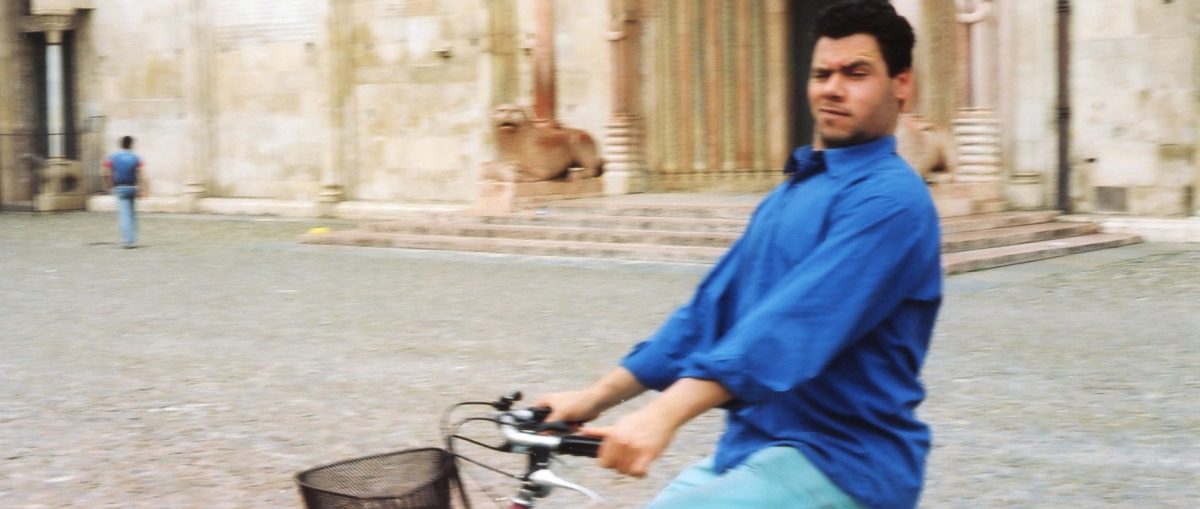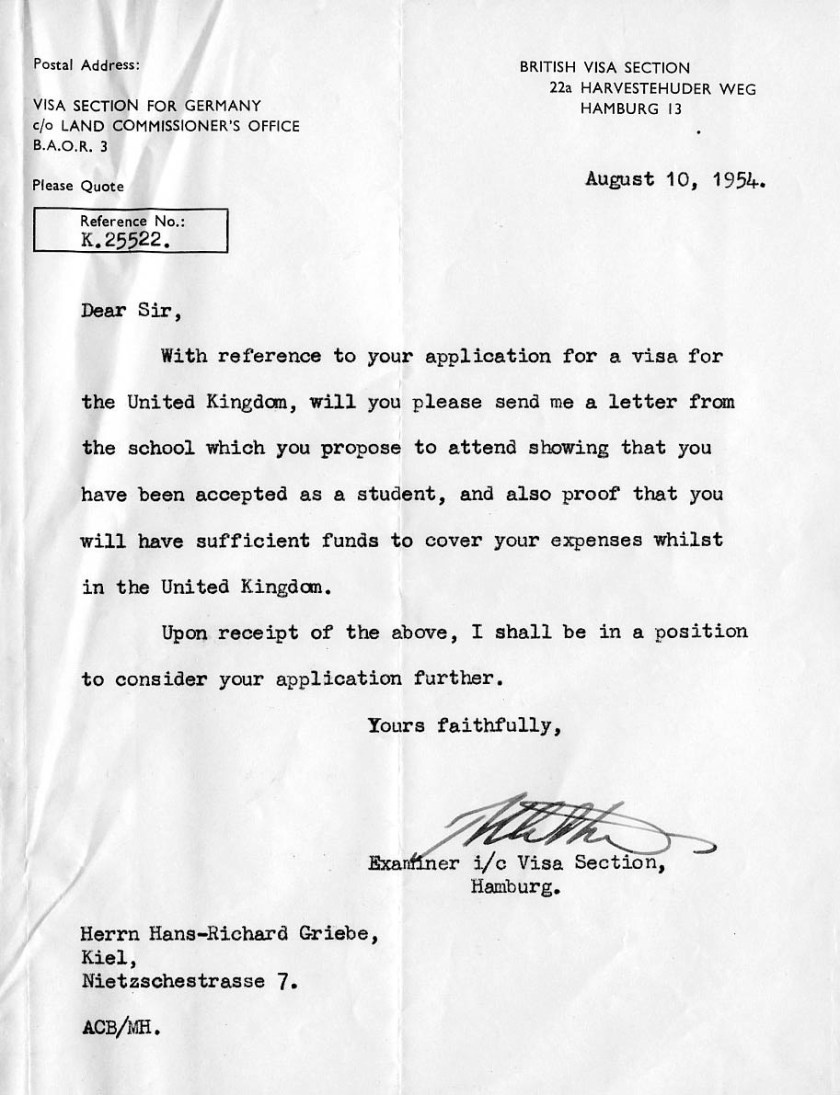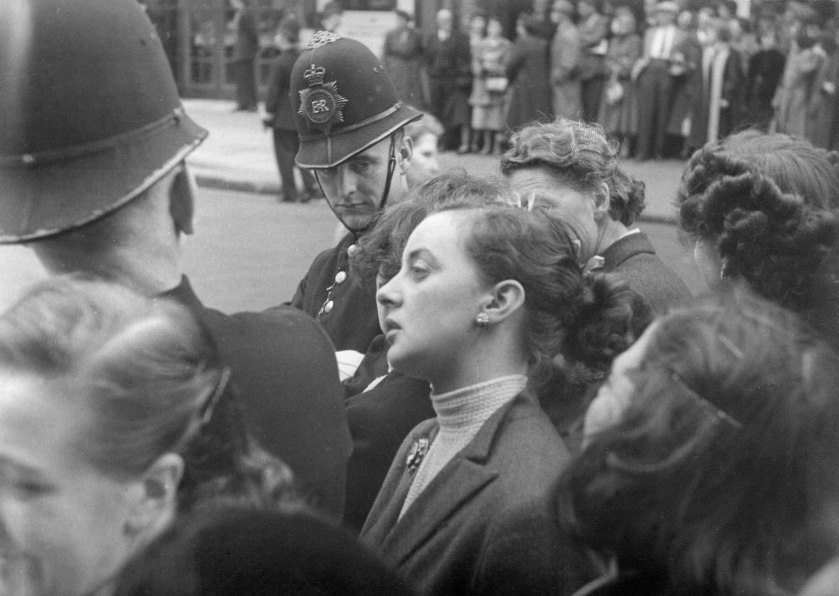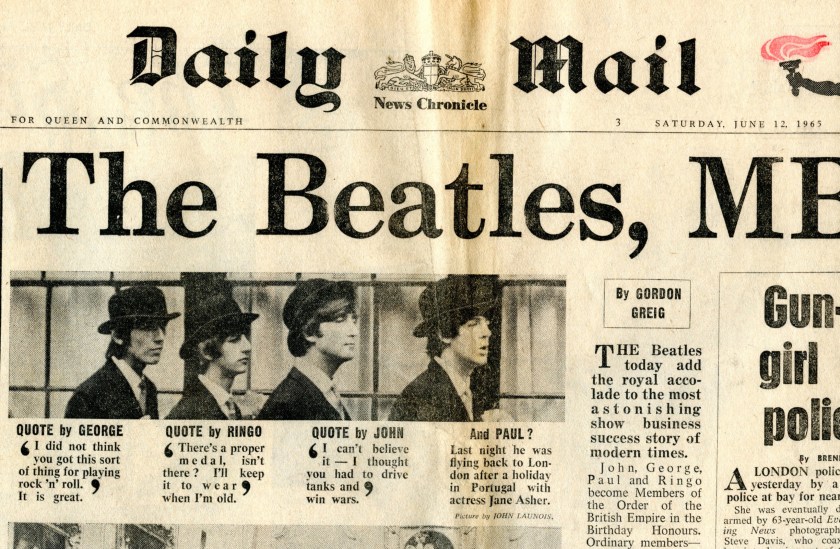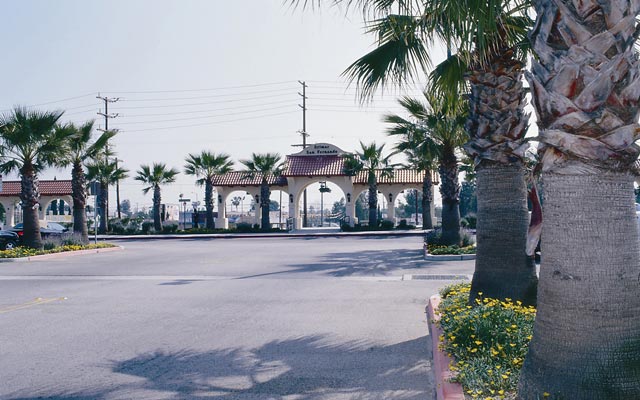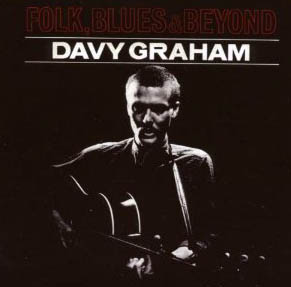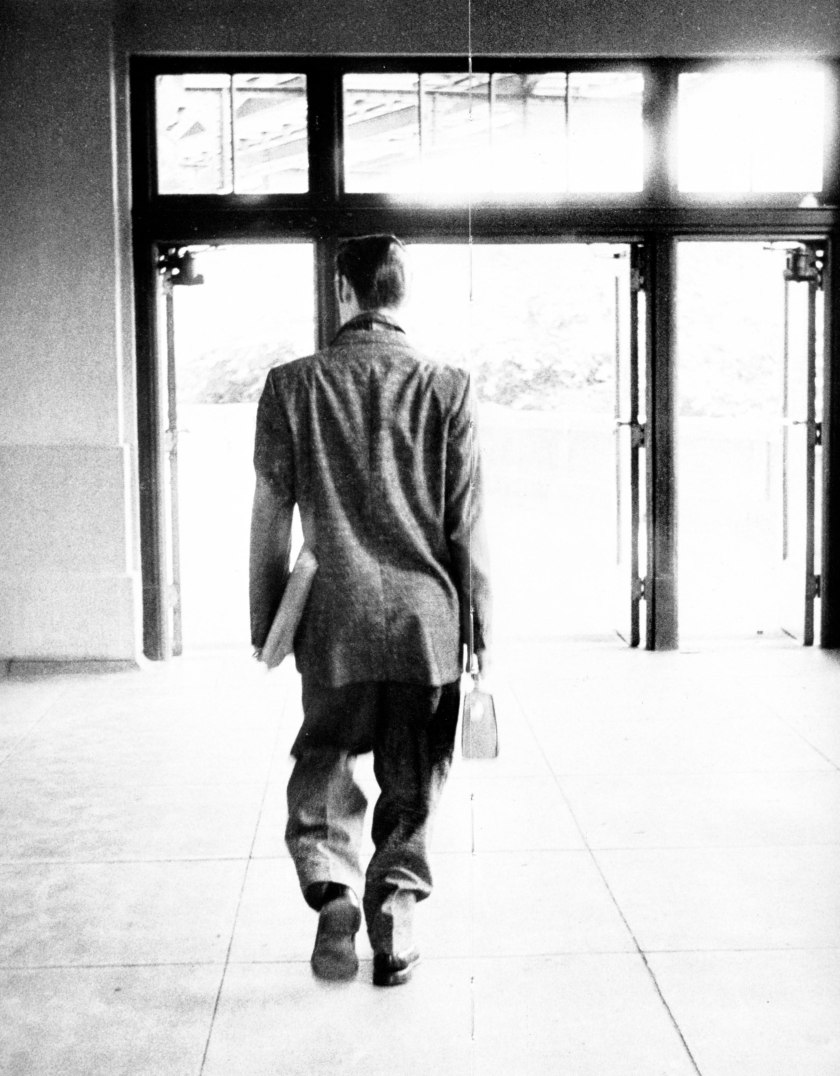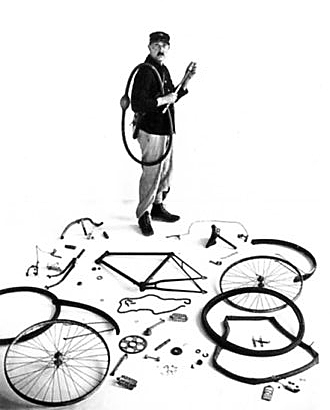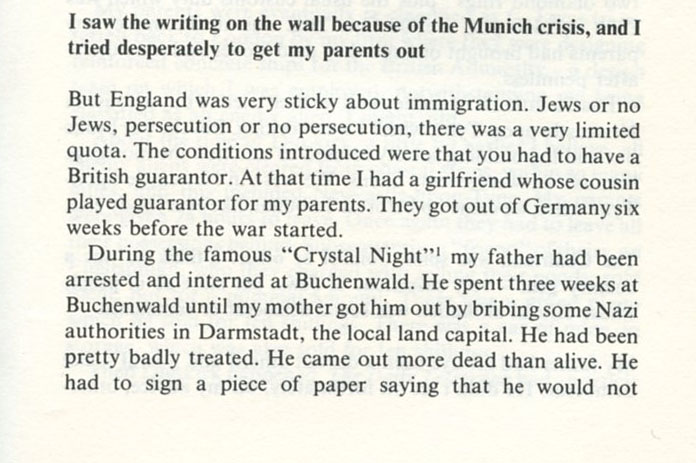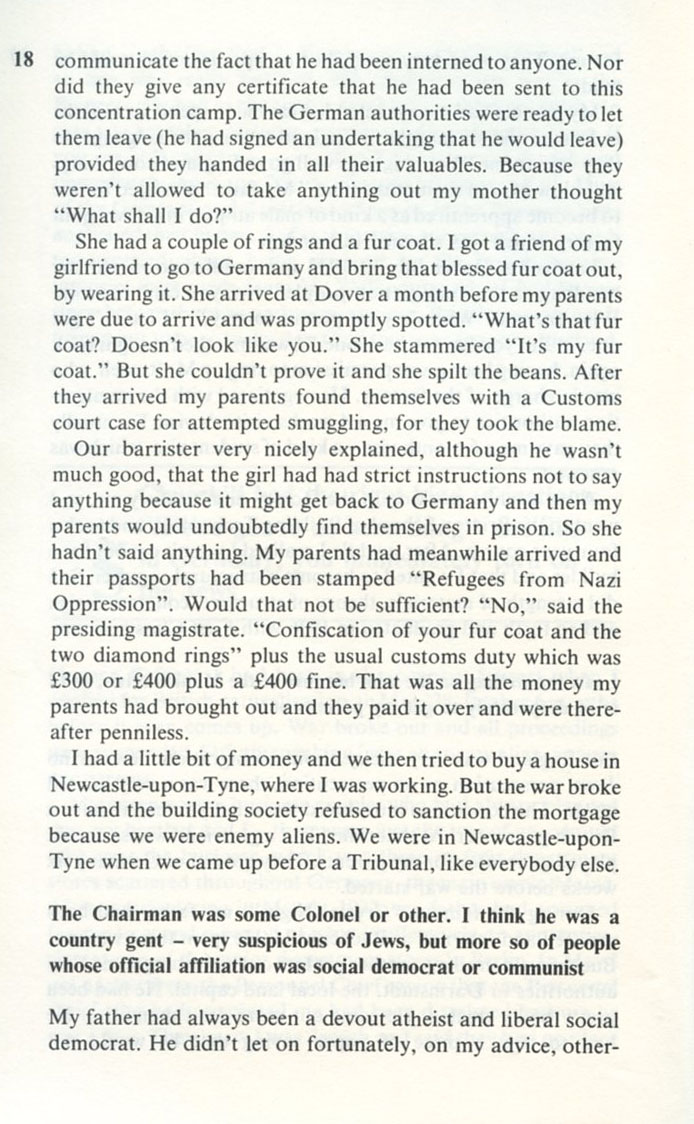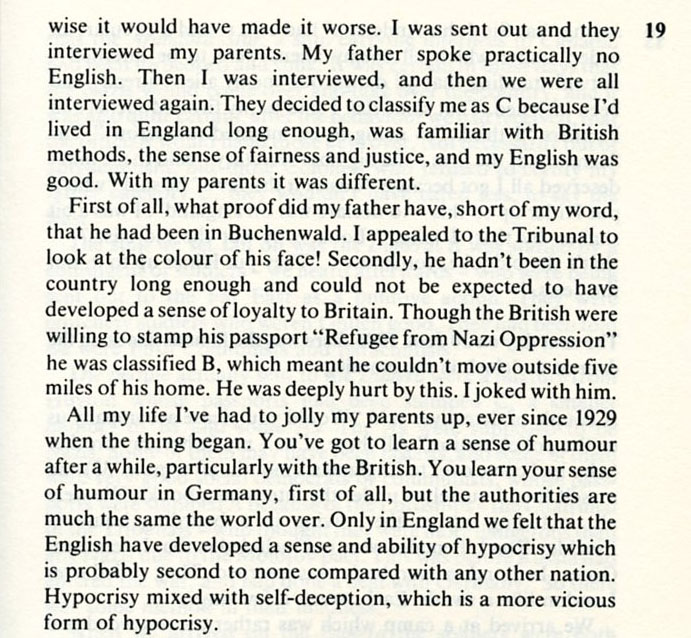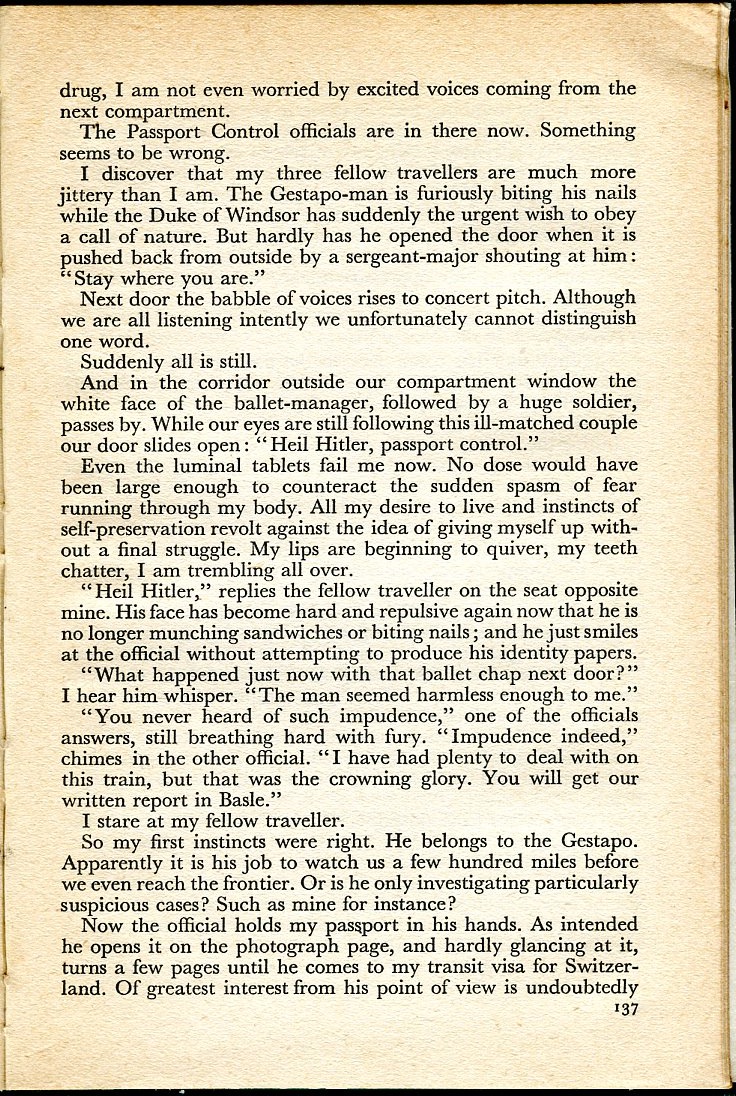 This is Chapter 12 The Conscientious Objectors from the restored full version of You, You & You! The People out of Step with World War Two. Chapters are being published every Friday morning. Click here to go the restored book: youyouandyourestored.wordpress.com
This is Chapter 12 The Conscientious Objectors from the restored full version of You, You & You! The People out of Step with World War Two. Chapters are being published every Friday morning. Click here to go the restored book: youyouandyourestored.wordpress.com
Those interviewed for Chapter 12 were Phil Sansom, Joe Jacobs, and Douglas Kepper. Douglas Kepper was interviewed by Ros Kane. In this new version there is, in particular, a fuller account from Douglas Kepper, not included in the 1981 published book. The interviews took place in the mid 1970’s.
12 The Conscientious Objectors
My Mother simply said to me “I didn’t give birth to you to have you killed at the age of 23 so good luck to you”
Commercial Artist I was 23 when the war broke out. I was a ripe age for it. I was extraordinarily lucky because I had a whole set of lucky circumstances which led me to take my position against the war. It went back before the war.
I had an ordinary kind of education at an elementary school and secondary school in Forest Gate, London. I then went onto art school at the West Ham Tech’ and it was there that my education in thinking began to develop. There wasn’t much political thought going on but we began to think about Life, with a capital ‘L’, and getting into all that sort of thing. There was a young feller there who was, in fact, black and he was the only black boy in the school. He got very interested in politics and became a pacifist. In fact, he took me along to a meeting of the old ILP, which if I remember rightly was in Poplar Town Hall, where I heard Jimmy Maxton speak. This feller started me thinking, and started us all discussing pacifism. We had a little group of four who were very close friends. We used to go everywhere together, do everything together.
At the time of the Munich crisis I was thinking “Oh God, I should get into the Home Guard” or do something – prepare myself for what was obviously coming. (1) In the intervening year, by the time war broke out, three of the four of us had become conscientious objectors. We all split up in different directions and my lucky chance grew out of the fact that in June 1939 I’d gone for a holiday in the country – down in Sussex – and had fallen in love with a farmer’s daughter. Fortunately, she reciprocated and so when it all happened in September ’39 she said ” Come down here.” She had a caravan ready for me to go to, so I went and lived down on the farm. I lost my job. I was sacked a week before the war broke out.
I was working in the studio of a printers in Chiswell Street, just off Finsbury Square. I had left school ’36. Our little group had carried on after we’d left school. I had ambitions to be a painter and I had asked for an extra week’s or fortnight’s holiday from my firm to do this – unpaid, of course. It had to be, in those days. The boss said “No. If you want it, other people will want it.” When the war broke out however, a week before, he called me in: “Well, Sansom, you can go and do your painting now. We don’t need you any more.” Piss off! And that was that. I was on the dole.
I just switched my place of residence down to this farm, which was at Cowden, near Edenbridge. My parents were, I think, a little shocked that I had decided to be a conscientious objector. My Father had just been too old for the First World War. He may have swung the lead a bit – I don’t know. He was self-employed and I think he just about kept himself out of it by virtue of having his little wood-working business to keep going. So he had no great feelings about that. My Mother simply said to me “I didn’t give birth to you to have you killed at the age of 23 so good luck to you.” In the event, later on, she turned out to be quite a support in that sort of way.
I started doing odd jobs for the farmer and got into farm work, whilst still drawing unemployment pay. It was very nice. I just had to cycle into Edenbridge one day a week and they posted my 17/- a week to me and I was able to live on that, living cheaply in this caravan. The time came when I felt I had to make a move. I saw an advertisement for training tractor drivers in the Kent War Agricultural Committee Committee. (2) I went over to Maidstone and did a fortnight’s course in tractor driving and after that I was able to be offered jobs as a skilled agricultural worker.
By this time my age group had come up and I had registered as a conscientious objector. I went and lived on two or three farms out in Kent, in the Sheppey area, driving tractors. I became, I think I can say, a skilled tractor driver. They actually trusted me with one of the first yellow Caterpillars in the country, when they began to come over on Lend-Lease from America. (3) I was very proudly going up and down with a four furrow plough, harrowing and cultivating and doing all that bit.
Farms in those days had a lot of people working on them, not like now where you can get hundreds and hundreds of acres run by six men with machines. They still had horses. My big tractor was the first one to be introduced. The guy who got it eventually became Sheriff of Kent. Man called Doubleday. He got a knighthood for his services of ploughing up hundreds of acres of marshland, getting £2 an acre subsidy, just for getting me to work on it for him.
There were a lot of people working on the farm. There were about twenty men lining up at ten past six in the morning. They were exempted. Most of them would have been of military age. I’m sure there were quite a few of them who were bloody glad they were exempted. There was no patriotic talk.
In the meantime I had been called up for the Tribunal. I was turned down. I had no history of having belonged to either a religious body or political group which had a recognised position that they could accept. My objection was based on my wishy-washy humanitarian, pacifist, aesthetic objections. An ‘artist’, you know – can’t have anything to do with this. That didn’t go down very well with the Tribunal! I was turned down also at the Appeal. The Labour Exchange then approached me and they said “We understand this is your position – would you be prepared to go in the Fire Service?” I thought around that for a couple of days and said “Yes, OK, I will accept the Fire Service.”
The Blitz had come and gone and there just wasn’t the demand for firemen anymore. I was never called up
I submitted myself for a medical examination which, if you’re going in the forces, is the crucial thing you must never do. Once you’ve been through a medical they reckon they’ve got you. I went through the medical on the strictest understanding (I signed a thing) that it was for the Fire Service, and stood back, expecting to be called up. By this time it was 1941. The Blitz had come and gone and there just wasn’t the demand for fireman any more. I was never called up.
Whilst I had been on the land I had had a very interesting set of experiences simply by being a useful worker and being highly thought of by the farmers who had never really thought of me as a ‘Conchie’. In fact there was one point where I had to disclose it. I think it was when I had to go for this medical. I said to the foreman “You know I’m a conchie, so I’ve got to go and do this for the Fire Service.” He was surprised. “No”, he said, “I didn’t know”, and I think his attitude changed towards me a little bit then. I kept my beliefs to myself. It usually never arose. I’d got married in the meantime, though not to the farmer’s daughter. My wife’s family knew. The brother-in-law was a bit hostile. He wasn’t in the army, but he was in the Home Guard and was as patriotic as all people are who are not doing very much. My brother was very hostile too, until he got called up. He flirted with the British Union of Fascists before the war and was a bit patriotic. He was very ashamed of me in the first instance.
He was a lot older than me and he’d worked in an insurance office all his life, going to and from Rickmansworth, where he lived, to the City of London. He was called up and drafted first to Kettering where he had a hell of a time. He told me afterwards he very nearly deserted because it was so rough. He managed to get himself in the Pay Corps and lived at home, going from Rickmansworth to the City an hour earlier than the one he used to get up to the office before.
After I got married we got fed up where we were and we moved back to London and I got a job as a gardener/handyman. An old friend of mine had been off to Scotland, on the Forestry. Up there there was much more of a group of conchies working together. They had a lot more discussion and the whole thing was getting politicised. He’d got onto Herbert Read’s writing which was a contact between us art students and radical ideas. (4) He introduced me to Poetry and Anarchism and then the Philosophy of Anarchism. These both turned me on. And from there I just made the trek up to Belsize Road, which was where the Freedom Press office was in those days, and introduced myself and started going to their meetings. That was 1943. It was three and a half years of the war before I worked around from wishy-washy, simple personal opposition to the war to sewing all these things together, in terms of what I now see as the pointlessness of objecting to war without objecting to the state which depends upon war.
I was in Ipswich casual ward the day war broke out. I sensed that this was an end of an era, that the whole thing was coming to an end
Tramp Most of the casual wards were closed down because they were wanted to be used either as additional hospital accommodation or as ARP centres. I suppose, also, the authorities thought there would be no longer any need to provide accommodation for dossers, but all through the war years there were still people on the road – not so many, but certainly a certain number.
I went back to London and I went to live at a place called the Hostel at 57 Mount Pleasant. It was a hostel run by the London County Council to get men off the road and to help them try and get jobs. I stayed there a couple of months, but the situation didn’t improve, and I went off on the road again for a short while with a couple of chaps and ended up in Stoke on Trent, where I got a job in a hotel. It was the Grand Hotel, Hanley. It was then that I wrote to the ILP and asked them to send me two copies of their weekly paper each week, and wrote to Peace News and asked them to send me two copies of Peace News every week. I had decided to be a conscientious objector.
In 1939 when I should have registered for military service I didn’t go. I’d made up my mind I wasn’t going to register and that I was going to go to prison, but people in the movement talked to me about this and said it was rather silly going to prison – you can’t achieve anything in jail. So several months after I should have registered I came to the conclusion they were right – that you could do much more useful work outside prison than inside, so long as the country allowed you to do anti-war activity. I have a great respect for those conscientious objectors who did go to prison though. They stood their ground, the absolutists, and I think they were very wonderful and very brave people.
They used to bring them in, put ’em in a cell, strip them naked, throw a uniform in, and that’s it. You put it on or you don’t, and in the middle of winter, that’s no joke
Detention Centre Inmate The most interesting group in the Detention Centre, for me, were the conscientious objectors. They were separated from us by the authorities. Unlike us they were kept in single cells and of course, they wouldn’t do the military training, which was the main programme for most of the inmates.
When you registered the normal procedure was the following: If you had a long record to which you could point to as a pacifist in civilian life, and all the evidence was produced at court, you could be registered as a pacifist or for non-combatant duties. But most people who decided to be conscientious objectors never had any record to prove it. You suddenly say you’ve got religion, or you suddenly say “I’m opposed to war”, or you might even get one who says “I’m a fascist, I don’t want to oppose Hitler.” A large proportion of these type of people could not be registered by the Tribunals as conscientious objectors, and they were liable for call up. If they refused to submit, and refused to put the uniforms on, it was an automatic six months.
What they did was, they used to bring them in, put ’em in a cell, strip them naked, throw a uniform in, and that’s it. You put it on, or you don’t, and in the middle of winter that’s no joke. To reinforce the point, like as not, they’d put a hose on him, wet the whole bloody place out, including the uniform. Every pressure was used, but some of these people were incredibly hard. OK – some of them would eventually submit and put the uniform on, but make it clear that they were only wearing as clothing, and not as a mark of acceptance. They weren’t stupid. They knew in the first few months there was no point in making life too difficult.
At the end of the six months they would come up again and if they still refused it would be another six month. But they got to know that the third time, possibly the fourth time, the authorities would finally give in, and register them. All of the ones I came across knew this procedure. They were prepared to suffer a year or eighteen months rather than submit to being called up. To reinforce their position vis a vis their statement that they were conscientious objectors they used to play up rough a month before the end of their sentence, so to have evidence to show they were sincere. What was interesting was the way they used to cut up.
You’d file round to pick your meal up, which was in a diet tin. Everything would be splashed into the one can – your befores, middles and afters – it was horrible. The first few days I couldn’t eat the stuff. After three days it tasted like a banquet, because you were so hungry. You used to parade after the meal from your association rooms in straight lines with your diet tins. You had to put them on the floor. The order never was “Quick march!” – the order was “Pick up your diet tins – quick march!” You could always tell when these boys were going to start cutting up rough because they’d put their tins down, and as the order came to pick them up, they’d kick them straight across the bloody floor. They’d be picked out and pounced on. But it made clear that they weren’t accepting military discipline. Even if they got a beating for it, they wouldn’t submit.
You very rarely had a chance to talk to them. When you did you only had time to get that they were conscientious objectors. I never came across in the snatches of conversation that you could have, in the situations where you met them, where they could explain in any detail whether they were religious, political or whatever.
There were three press men there and they were smiling with relief because they had all these religious objectors and at last they had a political objector
Tramp Having failed to register in 1939 I changed my date of birth and registered. You placed your name on the Provisional Register of Conscientious Objectors, and you were given a card saying you were provisionally registered and you were given a form on which you were to state your reason for being a conscientious objector. This form had to be sent in to the clerk of the Tribunal. I wrote “As a socialist I have pledged myself to oppose to the utmost of my ability any war started by the capitalist class in the interest of the capitalist class.” This was at Stoke-on-Trent. I had my tribunal at Birmingham. I was given a railway warrant to travel to Birmingham.
The Tribunal consisted of a County Court judge, a university professor and a Trade Union official, who was absolutely hopeless. When I got to the Tribunal I was the only person there who who hadn’t got a witness with him. All the young men there seemed to have a clergyman with them. There were three press men and they were smiling with relief because they had all these religious objectors and at last they had a political objector.
The judge said to me “What do you mean you have pledged yourself to oppose capitalist war?” I said “I made a vow to myself that I would never fight in a capitalist war.” “What about Russia? Is that not a socialist country?” “No”, I said, “I don’t think it is a socialist country.” “What about a perfect state in which there were no capitalists? Would you fight then?” “That remains to be seen” I said, “but I’d like to think that in a perfect state without capitalists there wouldn’t be war.” He and the university professor then withdrew. This was the first time they’d done that, that morning. They hadn’t withdrawn for any other case. The Trade Union official then woke up and said to me “What about Russia?” I said “I answered that question once.” When they came back the Judge said “We’re satisfied your objection is conscientious. We want you to stay in your present work.” I’d said I was a cook.
When I got back to Stoke on Trent that evening, right across the back page of the Evening Sentinel it had “Socialist Objector at Tribunal – To Stay in Present Job”, and gave a full report of what I had said, and ended by saying “Kepper, who is a cook at the Grand Hotel, Hanley, is to stay in his present occupation.” This upset my employers terrifically. I wrote to the Tribunal and pointed out that this wasn’t the condition – it was to stay in my present occupation – not my present job. There was quite a to-do over this, but it blew over. When I wanted to leave Stoke on Trent I just left, and ignored the Tribunal decision.
Because I had broken the condition laid down by the Birmingham Tribunal I had a second tribunal in Bristol where it was laid down that I was to work “on agriculture, horticulture, forestry or work appertaining thereto or ancillary therewith”. I was out of work and I got a job with the Gloucestershire War Agricultural Committee. These were originally Land Drainage committees of County Councils which were taken over by the Ministry of Agriculture and War Agricultural Executive Committees. Each county had its own War Ag and they had farmers on the Advisory Committee. Most of them were farmers who were on their last legs or farmers who didn’t know their jobs and loved telling other farmers who were more successful how to do their jobs. They could take a farm away from a farmer if they thought he wasn’t farming it properly. They had terrific powers. They also took on labour and opened hostels, sending out gangs of workers to different farms. The farmers paid the War Ag and the War Ag paid the workers.
All of a sudden I’m conscious of being surrounded by all these big hefty Irishman, all holding out their sandwiches. I said “What’s the matter?”
At first I was at a hostel at a place called Horsely. This was a very old house which had been taken over by the Committee as a hostel. The warden was a rather ruthless sort of martinet who didn’t like COs because they demanded their rights. When I moved in the COs there had already complained about their food, and didn’t like being sent to bed at 10 o’ clock at night and lights out. Eventually all the COs, including me, were moved to a place called Sezincote, near Moreton in the Marsh, in the north Cotswolds. Sezincote was the name of an estate. It was the home of the Dugdale family. It was a big house, built in the Moroccan fashion. Horrible looking place. It had enormous grounds all ’round the North Cotswolds. We had a specially built hostel – a nissen type hostel – in the Dugdale grounds.
At Sezincote we had a load of Irishmen come over from Southern Ireland to work for the War Agricultural Committee. Some of them couldn’t speak English. Some of them were Gaelic speakers from the West Coast, from Galway. They were classed as “Friendly aliens”. “Enemy aliens” would have been kept under close arrest. Friendly aliens were allowed in the country but they had to fill out certain forms. There were about twenty five of them and I filled their forms for them and sent them off for them. Many of them had families at home and they were allowed extra money from the Labour Exchange for their families. They got about £1 five shillings for their dependants, so I filled these forms in for them too. I got on very well with these Irish lads.
We used to go out in gangs of four or six or eight to work on the different farms. There was one very elderly Irishman – Pat Brick – and when we got to the farm Pat would say “Now you sit down – you’re not to do any work. I’ve talked to the other lads and I’ve told them we’ll do the work.” They wouldn’t let me do a thing! – Because I’d done different jobs for them, like filling in the forms.
I formed them into a hostel committee – properly constituted hostel committee. I got them to join the Agricultural Workers’ Union first. We had a dreadful new cook arrive, Mrs —–, from Chipping Sodbury. She was a dreadful woman. A really ignorant working class woman. One day she gave us what were supposed to be sandwiches (we used to take sandwiches out for midday). We went up to the kitchen counter to get our sandwiches, and I’d put mine in my bag, not paying any attention to them. All of a sudden I’m conscious of being surrounded by these big hefty Irishmen, all holding out their sandwiches. I said “What’s the matter?” They said “Look at this.” And it’s two thick hunks of bread, completely dry, nothing in between. They said “We’re not going out to work with this.”
I went to Mrs —– and said “What’s the idea of giving us this as sandwiches?” She said “You’ve got bread, butter and jam there.” “Where’s the butter and jam?” “You’ve got enough there.” I went to see the warden. “I’m not having anything to with you – you’re a trouble-maker.” “Well”, I said, “you’d better have something to do with these men, because we’re not going to work until we get proper sandwiches.” We all went back to our dormitory. About an hour later the Chief Labour Officer turns up – a little rat of a man named ——, who’d been to Cambridge University and had got out of the army because he’d been a clerk in an office, and the Chief Labour Officer had moved up, and he got the job. The Gang Labour Officer, who was really in charge of us was a man named ——-, who in his spare time used to run a dance band under the name of Al ——. He said he had been exempted from military service because he’d been in a corn chandlers shop before the war and so he knew all about agriculture! Really – it was pathetic! They used to talk about us conscientious objectors being cowards yet they were all exempt from military service on the flimsiest of grounds.
The warden came to see me and said “Mr —— is here and wants to see you.” I went into the office. He said “Good morning, Mr Kepper. Sit down.” “No”, I said, “I don’t sit down.” He said “You think you’ve got a gang of ignorant Irishmen out there who you can do anything with, don’t you? If I were to go out there and talk to those men they wouldn’t know why they were at home from work.” “Wouldn’t they?” “No, they wouldn’t.” “Alright”, I said, “out you go.” He went out and he came back in quicker than he went out! I stayed in the office and let him get on with it. We soon got better sandwiches, and off we went to work, much happier.
The Detective Sergeant threatened me “How dare you write these letters to the paper”
I was eventually moved from Sezincote, because I was considered a trouble-maker. They moved me to a place called Nupend, a village near Stonehouse in Gloucestershire. This was a hostel comprising a house called Sunnycroft, where the dining room, kitchen and warden’s office was, and three empty cottages in the village in which the residents lived. I think it was the loveliest place we ever had.
Living there were some refugees from Germany and Austria, and some Italians who had come to this country in the 1920’s. Most of them were business men who had cafes in South Wales – in Pontypool, Cardiff, Aberdare, Merthyr Tydfil – ice-cream parlours, and so on. These men had been interned on the Isle of Man because they were Italian. Their wives were interned if they were Italian, but if they’d married English women the English wives were at home, carrying on the business.
The warden was a Mr Cumrick Mitton-Davies. He was ‘awfully’ public school. ‘Awfully’. A devout Christian. The hostel was run by the YMCA. He interviewed myself and a chap named Jack Bennet who’d been moved with me. He told us that he felt it was his sacred duty to look after these refugees.
The Germans and Austrians had been released from the Isle of Man on condition that they did land work and they were only allowed to go five miles from the hostel. The Italians could get permits to go home to South Wales for week-ends. But one man whose home was in Cardiff couldn’t go because Cardiff was a protected area, even though he’d lived there from 1920. There were a couple of Irish men there, as well as some Finns. The Finns’ ship had come into port in England and they had been interned.
I had a room in one of these cottages that I shared with one of the Finns. A great big tough chap who had actually fought the Russians when Russia invaded Finland. The other person in this room was this Jack Bennet. In the next rooms was a Bulgarian. His first name was Bela. He was an ex-second mate on board ships – tramp steamers. He was a man in his forties who always had a jolly smile. I had no difficulty in getting them to join the union. Mitton-Davies was horrified, and he threatened to get in touch with the police. He said these people had been released from internment and had no right to join a union. I wrote to the union about this and they took it up with the Ministry. When I organised a union meeting in Stonehouse, which was just over the five mile limit, Mitton-Davies tried to stop them going on the grounds of the five mile limit, but I got that stamped on as well.
The Finnish seamen were very anxious to get back to sea – it was their profession. They had written in their own way to the Home Office and had no response. At the time Eleanor Rathbone was an independent member of parliament. (5) She was a really hard worker for refugees and I wrote to her. She wrote back saying she would see what could be done, but she didn’t hold out much hope. Then the lads heard, and told me, that the other Finns, who were still on the Isle of Man, were managing to get back to sea. But they, who had been released from internment couldn’t get back to sea. Naturally! They were doing a useful job of work on the land! So they mis-behaved themselves and got re-interned, and thus back to sea!
In the case of the big Finn who slept in my room, he got involved in what appeared to be a brawl at a dance hall in the nearby village of Whitminister, one Saturday evening, and got arrested. I didn’t hear about it until he had been released on bail. He appeared in court on the Monday and a report appeared in the two local weekly papers in which it was said that he stated that he couldn’t understand English. He was alleged to have got drunk and done some damage. He said he couldn’t understand what people were saying. The Detective Sergeant was reported by the paper as saying that when he arrested the Finn he spoke perfect English. He was fined. This infuriated me.
I wrote to the two local papers and said he sleeps in the same room as me and that I know he can’t speak perfect English. It was impossible. The Sergeant was wrong. Neither of the papers published my letter. But I did get a visit from the Detective Sergeant concerned. He threatened me. “How dare you write these letters to the papers.” I asked “How did you get hold of these letters?” “Never you mind how I got hold of them. You’ve no right to write to the newspapers criticising me.” “I’ve every right to do so. This isn’t a fascist country.” “Don’t do it again”, he said. I was so furious I wrote to the National Council for Civil Liberties, which in those days was Communist Party dominated.
The Secretary of the NCCL wrote back after a lapse of time and showed me copies that had been received from the Stroud News and the Stroud Journal. It was the Stroud News that had shown it to the police. “Yes, we did send it to the police because we thought it was breaking the Defence of the Realm Act.” Which was ridiculous! And then she started to lecture me on the rights and wrongs of writing letters to the newspapers on matters like this, in wartime. “We’re all fighting fascism and these people are enemy aliens.” I wrote back saying that I wrote asking for legal advice, not for a lecture, and that if that was the best she could do, I didn’t think much of her organisation.
That was the sort of thing you had to put up with. Together with being constantly harassed in a mild way by the police during those years. It wasn’t as bad, though, as it was for COs in the First World War. They had a really terrible time. Just as I was due to leave my job the War Agricultural Committee were thinking of having me prosecuted for sedition, but it never got to that, as I got off the land on medical grounds. I went to Bristol for a few days and then onto London, where I got a job in Westminster Hospital as a porter. A job I liked very much.
1. The Home Guard was created after the war started. This is obviously a slip for ARP (Air Raid Precautions)
2. For the role of the War Agricultural Committees, see further down.
3. Lend Lease. War and war effort related material supplied by the USA to the UK, the USSR, China, the Free French and other allies.
4. Herbert Read, 1893 – 1968. Art historian and critic, poet and anarchist.
5. Eleanor Rathbone, 1872 – 1946. Campaigner for women’s rights. First elected to the House of Commons in 1929, as an independent for the Combined English Universities seat. A vocal opponent of British government appeasement to Nazi Germany, she campaigned during the 1930’s for the government to grant entry to the UK for Jews, dissident Germans, and Austrians.





